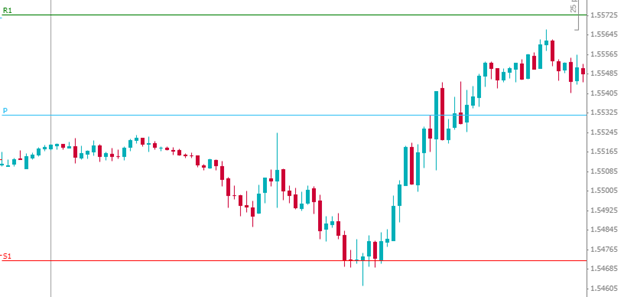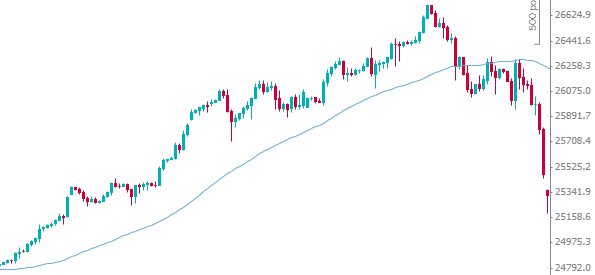Learning how to wisely manage and exit trades is critical to trading success.
Unfortunately, it is a skill often neglected or overlooked. This article will give you three smart strategies for setting profit targets.
How many times are traders confronted with something like the following scenario? A trade is placed and the market moves in the right direction. Within a short period, the trader is up 20 points in the trade…And then the thought hits: What to do now?
Opening a trade is only half a trading strategy. A complete trading strategy includes an exit plan in addition to an entry plan.
Strategy 1: Pivot Points
Being aware of the daily pivot point levels – the daily pivot point, resistance levels R1, R2, and R3, and support pivot levels S1, S2, and S3 – is important regardless of trading strategy. The reason is simple: So many traders make trading decisions based, at least in part, on pivot levels that they often end up acting as support or resistance.
Looking at the nearest pivot level for a profit target is reasonable. So, for example, if buying into a market around the S1 pivot support level, possible profit targets are the daily pivot point (conservative) or the R1 resistance level (more ambitious).
Look at the action in EURCAD during 13th April in the 15-minute chart below. The daily pivot point is marked with blue (P), resistance and support levels are marked with green (R1) and red (S1) lines respectively. In the morning the price moves downward but bounces off the support and breaks through the pivot point and continues up to almost reach the resistance level. For this reason, pivot levels tend to make good profit targets. Learn more about support and resistance levels.
EUR/CAD 15-minute chart with pivot levels

Strategy 2: Round number “jumps”
For day traders, good profit targets can simply be the next round number price point in the day’s action. For example, in the forex market, major currency pairs often seem to move in the following “jumps”:
- from the “00” level to the “20 level” (e.g., 1.3500 to 1.3520)
- from the “20” level to the “50” level
- from the “50” level to the “80” level
- from the “80” level to the next “00” level
For example, if selling short EURUSD at 1.2150, a reasonable profit target might be near the 1.2120 level. If that price level coincides with a pivot level or a major moving average, then the market is more likely to at find some support there.
Strategy 3: Moving Average Violation
Long-term traders, those who look to take a trading position and ride a long-term uptrend or downtrend, have a more difficult time identifying profit targets. For example, if riding the long-term uptrend in GBP/USD, where could a trader look to exit? 1.50? Then again, it might go to 1.80.
When trading a long-term trend, rather than having a specific profit target in mind, an alternative exit strategy is to stay in the trade until the market’s price action decisively dictates the trend is changing. In a strong, sustained uptrend, price generally tends to stay above major moving averages such as the 50-day or 100-day moving average. A good exit strategy can be to use a trailing stop adjusted to just below whichever major moving average is supporting the uptrend.
A violation of that moving average support, meaning price breaking below it, especially on a daily or weekly close basis, may be a signal that the uptrend is ending and the market is turning to the downside. Below we see an example on a 4-hour Wall Street chart, the price rises in a steady trend during January and when it crosses the moving average (the blue line, 50 periods) it is a clear signal that the up trend is over.
Dow Jones 4-hour chart with moving average

Getting a good trade entry is only the start of making a good trade. Good trade management, including having a solid strategy for profitably exiting your trade, will go further toward making you a consistently profitable trader.
Read our next article: 5G technology series: Stocks to watch





